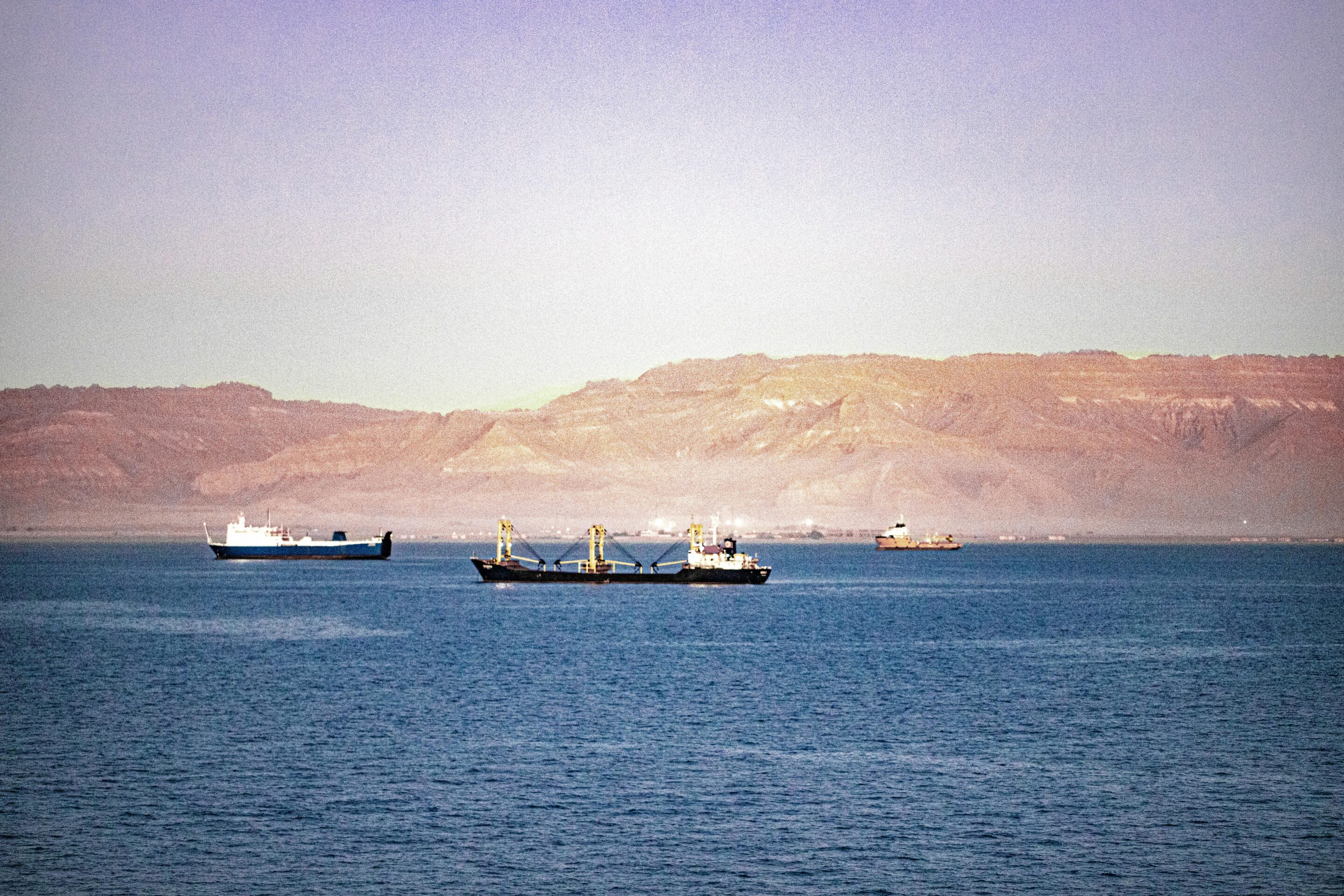
Two major maritime routes – the Panama and Suez Canals – face unique challenges that continue to reshape the landscape of international trade and logistics.
The Panama Canal’s Present Challenge
The Panama Canal handles 3% of global maritime volumes and 46% of volumes from North East Asia to the US East Coast. The Panama Canal, a critical artery in international maritime trade, is experiencing its worst drought in decades, significantly reducing water levels in Gatun Lake.
This has necessitated drastic measures by the Panama Canal Authority, including the imposition of a freshwater surcharge and slashing daily ship reservation slots from 32 to 24 as of the time of writing this, a 33% reduction, with a further projected decrease to 18 for February 2024. These cuts have significantly delayed transit, pushing wait times for unreserved ships to soar.
Carriers such as Maersk have been announcing mitigation strategies and avoiding the canal instead of using a “land bridge.”
Supply Chain and Logistics Effects
- Longer Transit Times: With fewer ships passing through the canal daily, extended transit times are becoming the norm.
- Rerouting Decisions: Carriers must now consider navigating longer alternate routes, which incur higher fuel costs and operational expenses.
Strategic Moves for Importers
- Proactive Booking: Securing shipments well ahead of time is now more crucial than ever, especially during peak seasons like the Chinese New Year.
- Route Diversification: Exploring alternative shipping paths is essential to mitigate the risks associated with canal delays.
- Supply Chain Resilience: Building a more agile and flexible supply chain is key to adapting rapidly to these evolving conditions.
The Suez Canal in the Face of Red Sea Tensions
According to Reuters, the Suez Canal handles 12% of global trade and is another pivotal route for international shipping. Due to escalating maritime security threats in the Red Sea, the Suez Canal is in the spotlight. Houthi rebel attacks have heightened concerns, leading to temporary pauses in sailings through the canal by major ocean carriers such as Maersk and other prominent ocean carriers with no end in sight.
The impact on international trade is significant, as the Suez Canal is a crucial passage for goods traveling between Europe, Asia, and the United States. This situation has compelled the reevaluation of shipping operations and rerouting strategies to avoid high-risk areas.
Implications for Supply Chain Management
- Rerouting Strategies: Shippers are exploring alternative routes despite longer transit times and higher costs. This includes the Panama Canal, which is grappling with its challenges.
- Enhanced Security Protocols: Implementing improved security measures for ships passing through these high-risk areas is imperative.
Conclusion
The unfolding Panama and Suez Canal situations demand proactive and strategic responses. At DGL, we are dedicated to staying ahead of the curve, ensuring that your shipments navigate these complex challenges efficiently. Whether it’s diversifying routes, enhancing security, or maintaining operational flexibility, we are committed to minimizing disruptions to your supply chain.
Reach out to us now to learn how the Dedola Difference can keep your cargo moving smoothly, even in the face of global disruptions.

Contact Us


